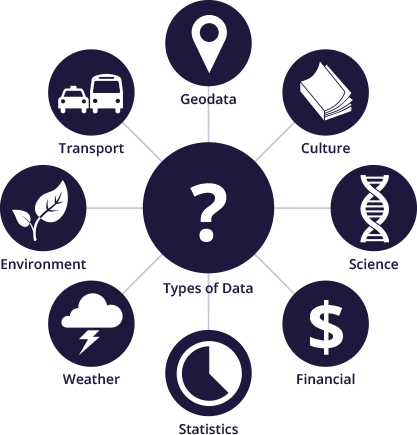Press Release from the Open Knowledge Foundation: “In the week of a major international summit on government transparency in London, the Open Knowledge Foundation has published its 2013 Open Data Index, showing that governments are still not providing enough information in an accessible form to their citizens and businesses.
The UK and US top the 2013 Index, which is a result of community-based surveys in 70 countries. They are followed by Denmark, Norway and the Netherlands. Of the countries assessed, Cyprus, St Kitts & Nevis, the British Virgin Islands, Kenya and Burkina Faso ranked lowest. There are many countries where the governments are less open but that were not assessed because of lack of openness or a sufficiently engaged civil society. This includes 30 countries who are members of the Open Government Partnership.
The Index ranks countries based on the availability and accessibility of information in ten key areas, including government spending, election results, transport timetables, and pollution levels, and reveals that whilst some good progress is being made, much remains to be done.
Rufus Pollock, Founder and CEO of the Open Knowledge Foundation said:
Opening up government data drives democracy, accountability and innovation. It enables citizens to know and exercise their rights, and it brings benefits across society: from transport, to education and health. There has been a welcome increase in support for open data from governments in the last few years, but this Index reveals that too much valuable information is still unavailable.
The UK and US are leaders on open government data but even they have room for improvement: the US for example does not provide a single consolidated and open register of corporations, while the UK Electoral Commission lets down the UK’s good overall performance by not allowing open reuse of UK election data.
There is a very disappointing degree of openness of company registers across the board: only 5 out of the 20 leading countries have even basic information available via a truly open licence, and only 10 allow any form of bulk download. This information is critical for range of reasons – including tackling tax evasion and other forms of financial crime and corruption.
Less than half of the key datasets in the top 20 countries are available to re-use as open data, showing that even the leading countries do not fully understand the importance of citizens and businesses being able to legally and technically use, reuse and redistribute data. This enables them to build and share commercial and non-commercial services.
To see the full results: https://index.okfn.org. For graphs of the data: https://index.okfn.org/visualisations.”


